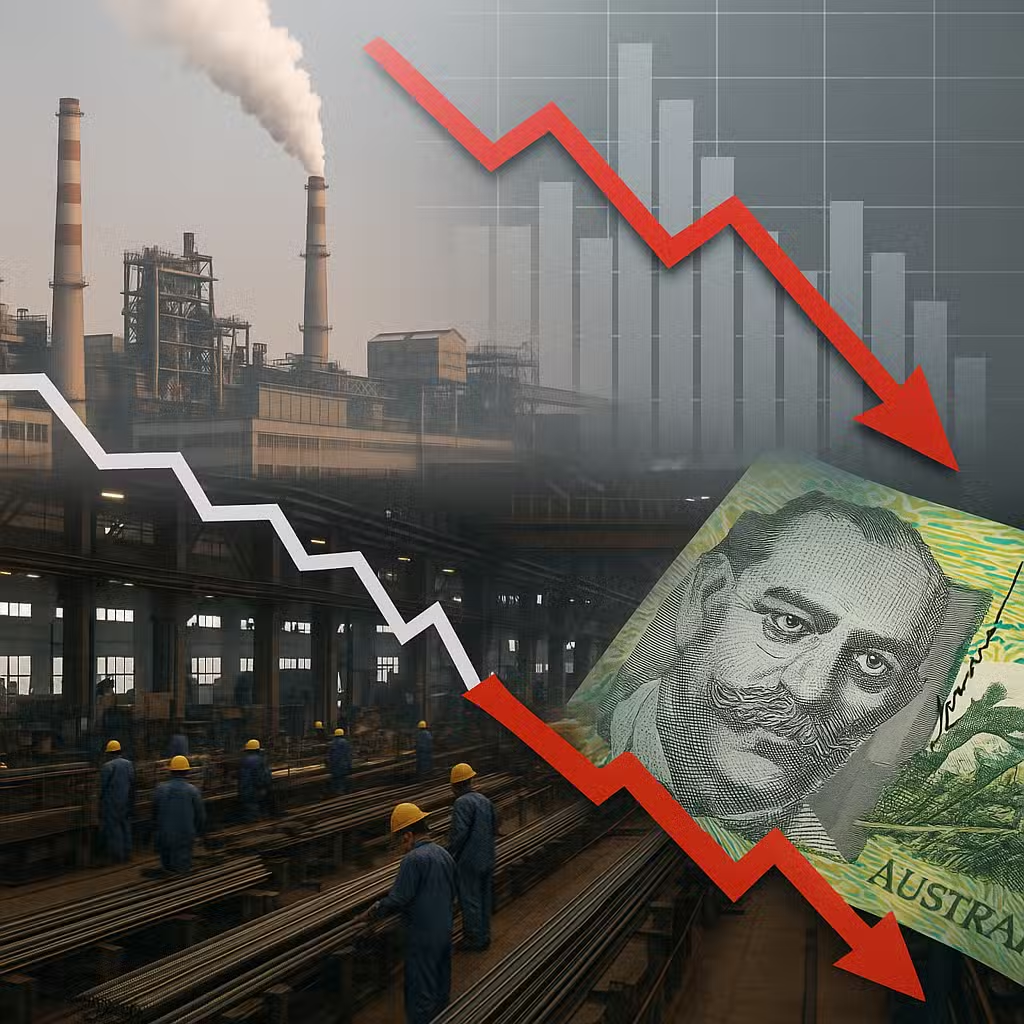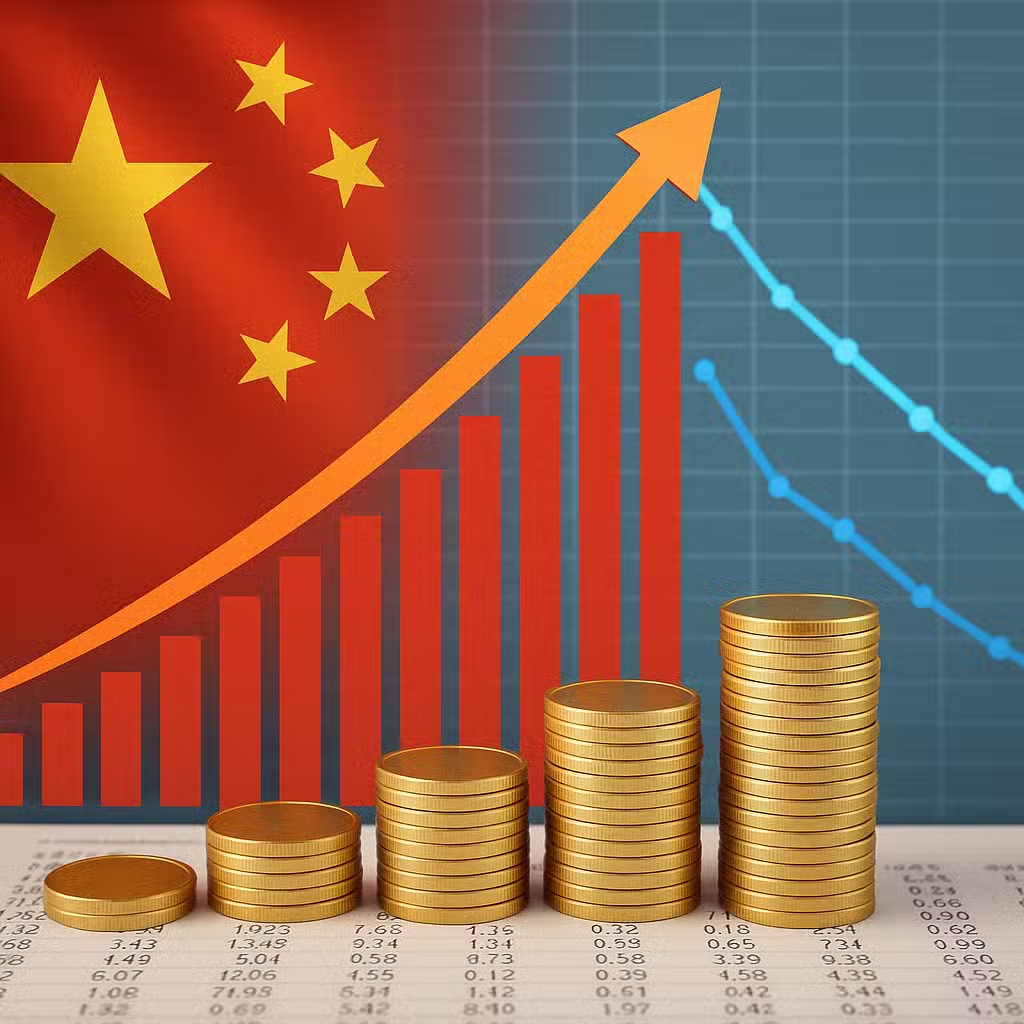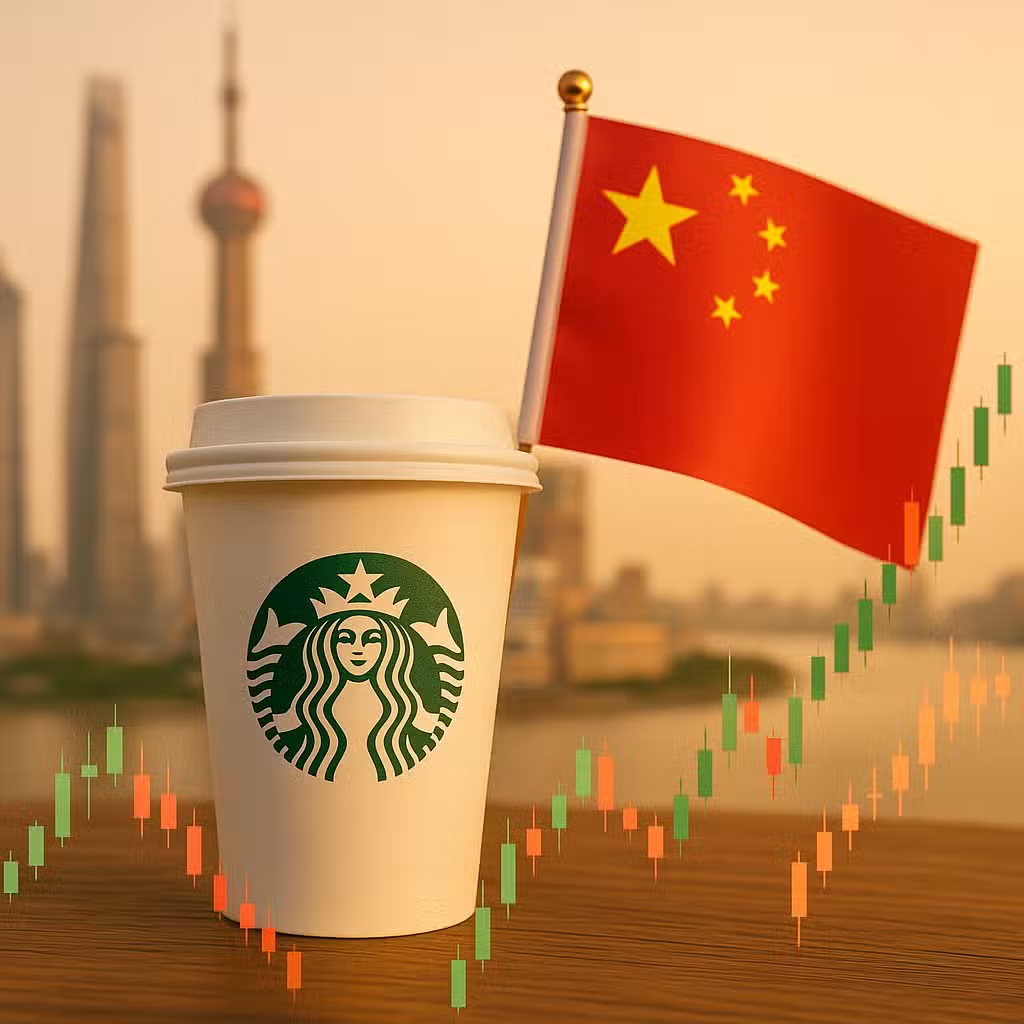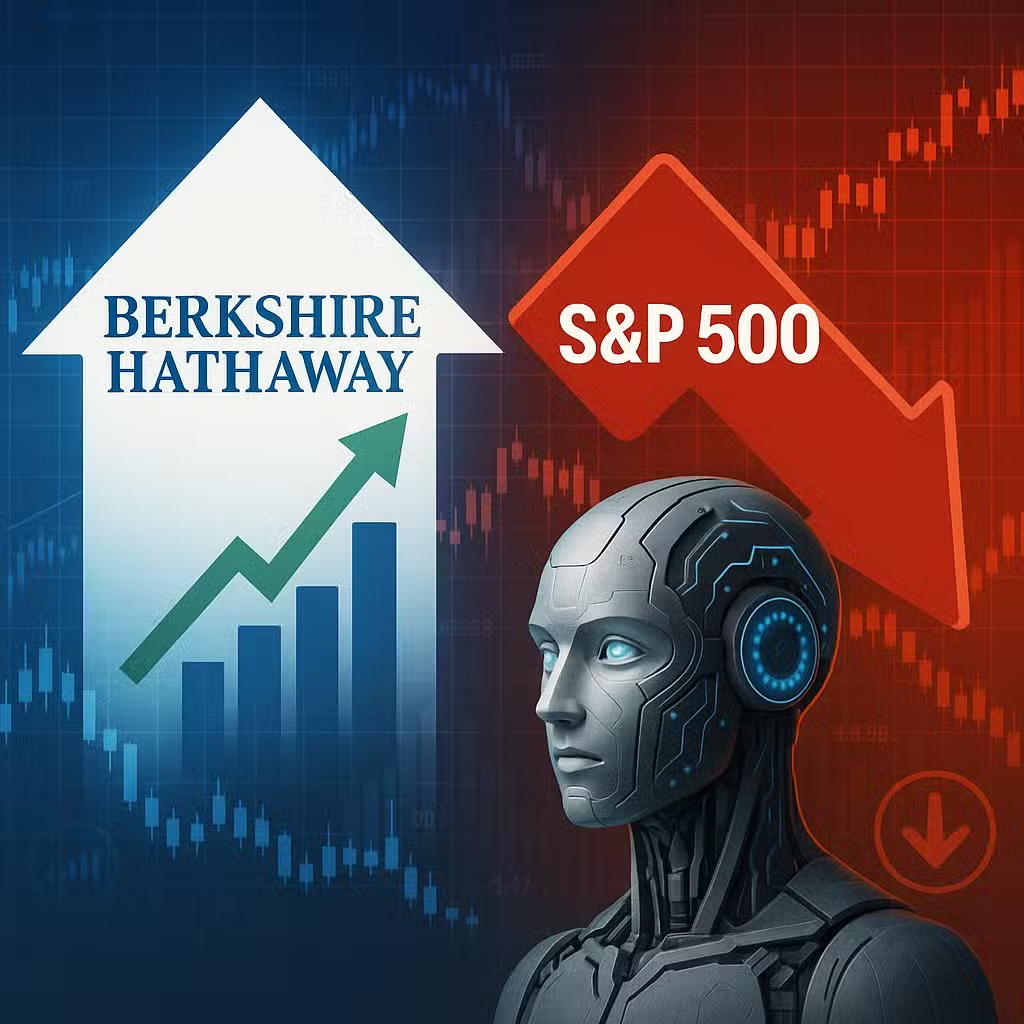China Factory Margins Shrink Again, Raising Investor Caution as Jobs Fall and AUD Weakens
Imagine you’re running a lemonade stand, and you hear the weather will be hot and sunny—great for business! But then, you learn a big road nearby is closed, making it harder for customers to reach you. That’s a bit like what’s happening now with China’s economy and the global markets.
China’s New Plans: Trying to Boost the Economy
China’s leaders have promised to help their economy grow, especially as a big national holiday called Golden Week is about to start. They plan to introduce more government programs and give people extra money to spend, hoping this will encourage more shopping and business activity.
For investors, this matters because when China—the world’s second largest economy—grows, it can lift companies and stock prices around the world. Just like more lemonade sales are good for your stand, more Chinese spending is good for many businesses.
Good News and Bad News: Bulls vs. Bears
- Bulls (Optimists): China’s government is promising new support, and some business numbers are looking better. In August, industrial profits jumped by 20.4% compared to last year, a big turnaround from July’s small drop.
- Bears (Skeptics): Problems remain. US tariffs are making Chinese goods more expensive overseas, which hurts sales. Retail sales in China grew just 3.4% in August, much less than the usual 12% average over the past decade (source). Unemployment is creeping up, especially for young people—nearly 19% of youth can’t find jobs.
How Tariffs and Weak Spending Affect Investors
Tariffs are like extra tolls at the border, making Chinese products cost more in the US and other countries. This puts pressure on Chinese companies’ profits. Many businesses are cutting jobs to save money, which hurts families and leads to less spending in stores and restaurants. This cycle can slow down the whole economy.
For investors, weaker demand and job cuts can mean lower profits for companies, especially those that sell a lot in China or rely on Chinese factories. It can also make stock prices more unpredictable.
What Happened in the Markets?
When new business numbers (called PMI data) came out, markets first got excited—maybe things were turning around! The Hang Seng Index, a major stock market in Hong Kong, jumped up. But the excitement didn’t last long. Worries about company profits and rising costs quickly returned, and the Index slipped back down.
By Tuesday morning, the Hang Seng Index was up just 0.52%. Investors are still waiting to see if China’s new policies will really help.
Looking Back: What History Tells Us
Back in 2008–2009, China used big government spending to recover from the global financial crisis. That worked well then, lifting the whole world economy (IMF study). But today, China faces new challenges, like an aging population and more global competition, making it harder to grow as fast as before.
Investor Takeaway
- Watch for new policies: If China announces bigger spending or more support, global stocks—especially in tech and consumer sectors—could rally.
- Stay diversified: Don’t put all your eggs in one basket. Mix investments from different countries and sectors to handle surprises.
- Keep an eye on tariffs: Companies that export to or import from China may see profits change quickly as trade rules shift.
- Look at the data: Watch monthly updates on China’s retail sales and jobs. These numbers can be early clues for market moves.
- Remember the big picture: China’s economy is still huge and important, but growth is likely to be bumpier than in the past.
For the full original report, see FX Empire







